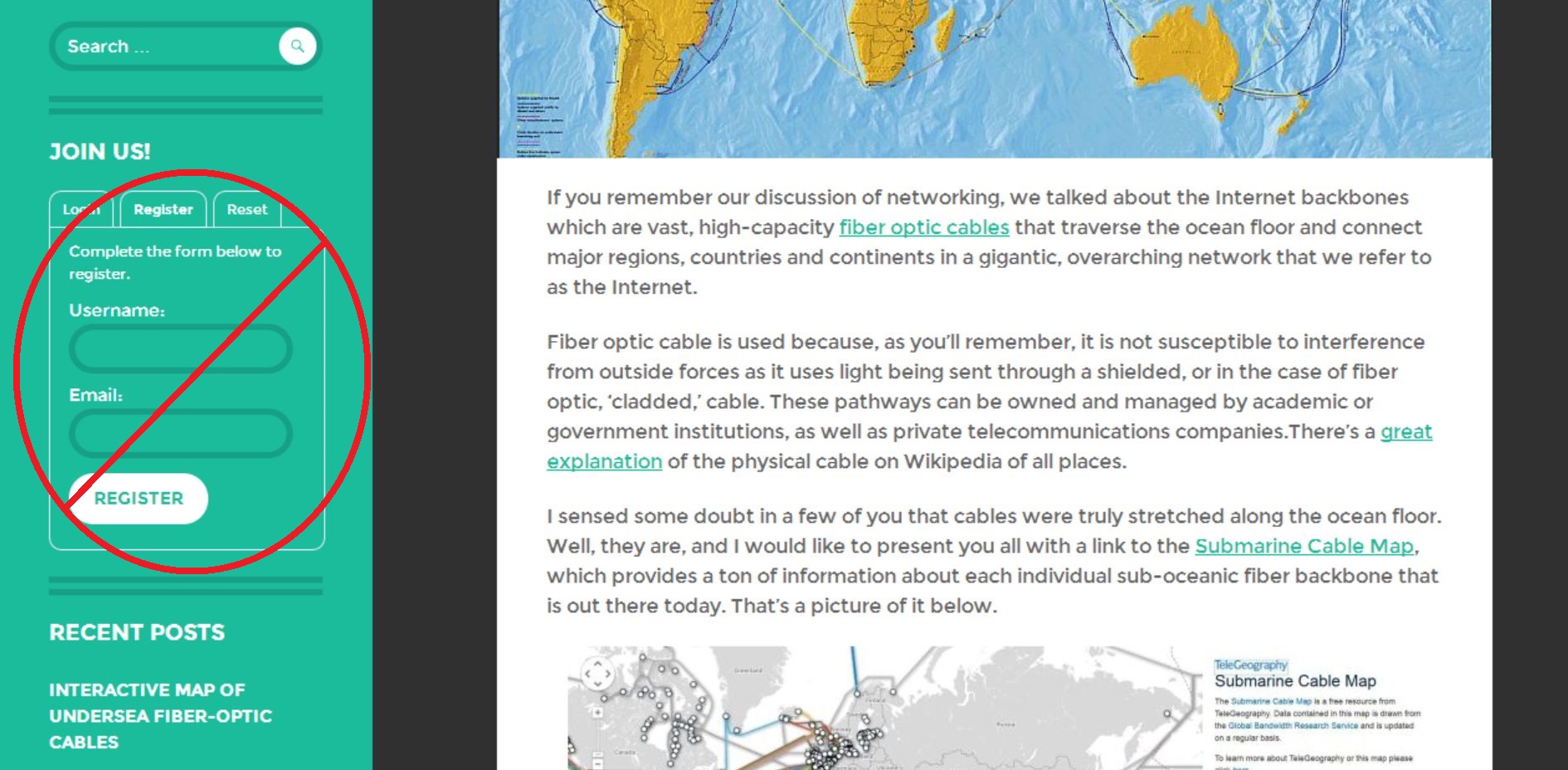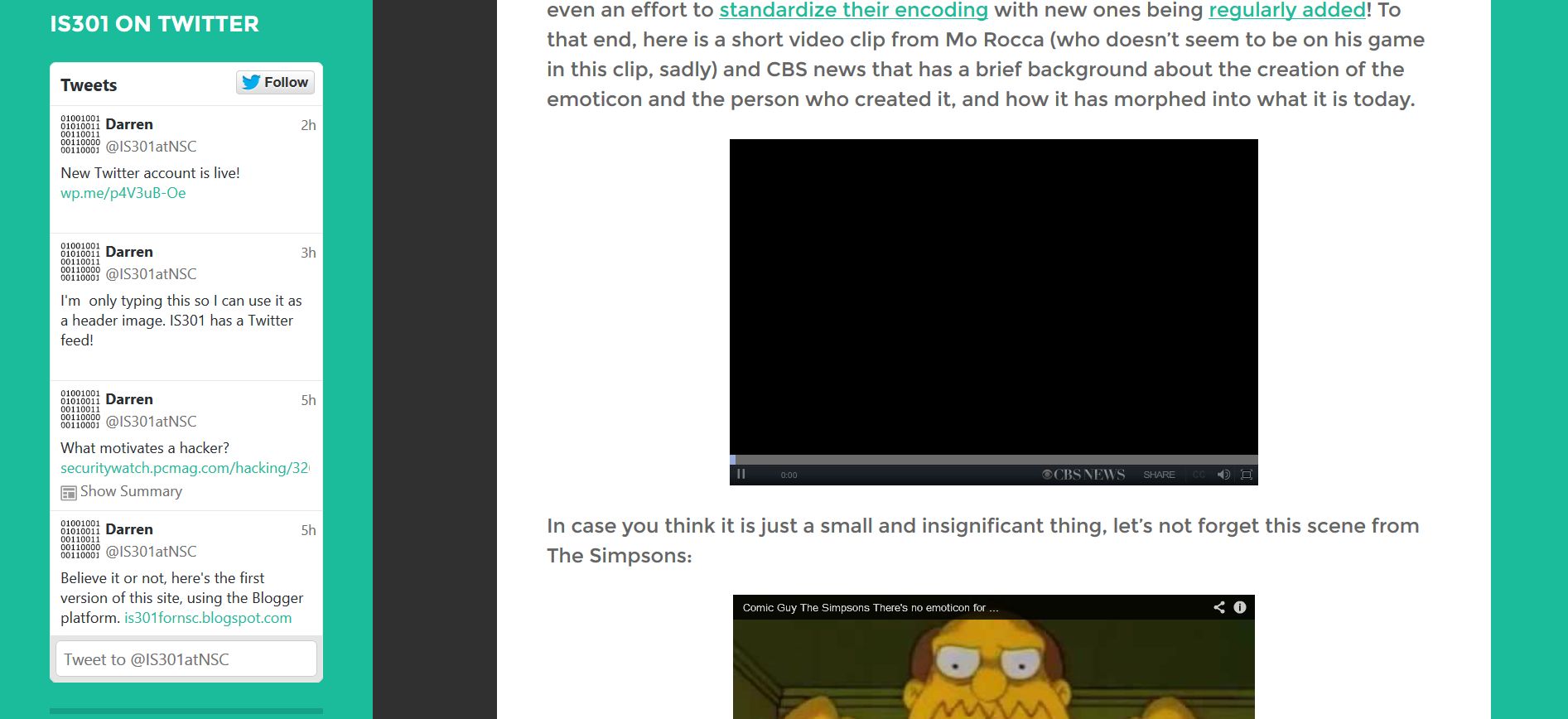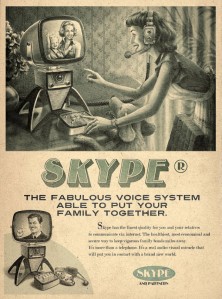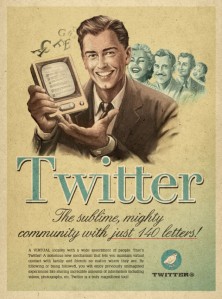Tag Archives: Twitter
I am completely OK with this

Now this I have no problem with whatsoever, although it hints at a larger issue. Researchers at University College London have discovered a dormant but massive Twitter botnet comprised of an estimated 350,000 fake accounts that does nothing but tweet out random quotes from Star Wars novels.
They discovered it quite by accident while taking a pure random sample of English-speaking Twitter accounts. It’s important to note the importance of this sampling method, as other methods of sampling might bias the results in favor of those accounts that are more active or have more followers. Their one percent sample resulted in approximately six million accounts.
Once their random sample was complete, they plotted the geographic distribution of these users, and they discovered something curious. Many of the tweets formed an almost perfect rectangle along latitude/longitude lines, including open, uninhabitable places like frozen tundra and bodies of water. They conjecture the shape was deliberate to mimic where English-language tweets are most likely to originate, and hide them within the clutter of legitimate Twitter users Tweet flood.
Upon further investigation, the researchers found another surprise. All these Twitter accounts did was tweet out random passages from Star Wars novels. They also never retweet, they send out very few tweets (around ten total) and list ‘Twitter for Windows Phone’ as the tweet source. As much as I hate to say it, that is also likely a ploy to get them to stay under the radar as much as possible because of that platform’s significantly low user base.

It’s not Twitter, but Darth Vader actually posted this on Instagram. Seriously. He doesn’t even care about that stormtrooper behind him.
Using a machine-learning word association approach (a ‘classifier,’ although classifiers are not limited to word association), it found that actual users had a very wide distribution of word choice, while the bots used words almost entirely related to Star Wars. Additionally, the platform percentages were evenly distributed for the most part among real users while the botnet was one hundred percent Twitter for Windows Phone. When the numbers are examined, the botnet is easy to see.
The authors then discuss the implications. Clearly, a dormant, low-activity Star Wars-themed Twitter botnet is not a big deal. However, if the creator decided to reactivate the botnet in order to create a spam network, send malicious messages, or use it for other nefarious purposes, they could. I personally don’t believe that will happen as it likely would have already, however as the authors also note, the botnet went out of its way to stay under the radar.
One of the things I find most interesting about it all is that the authors hint they found another, even more massive Twitter botnet using the same approach, which they will be reporting on at a later date.
Really interesting stuff, and touches on the impact of social media, machine learning and AI, cybersecurity, and geolocation/geotagging just to start (as well as the curious motivations of this particular botnet’s creator). I very much recommend giving it a read.
Twitter and LinkedIn. Or not.
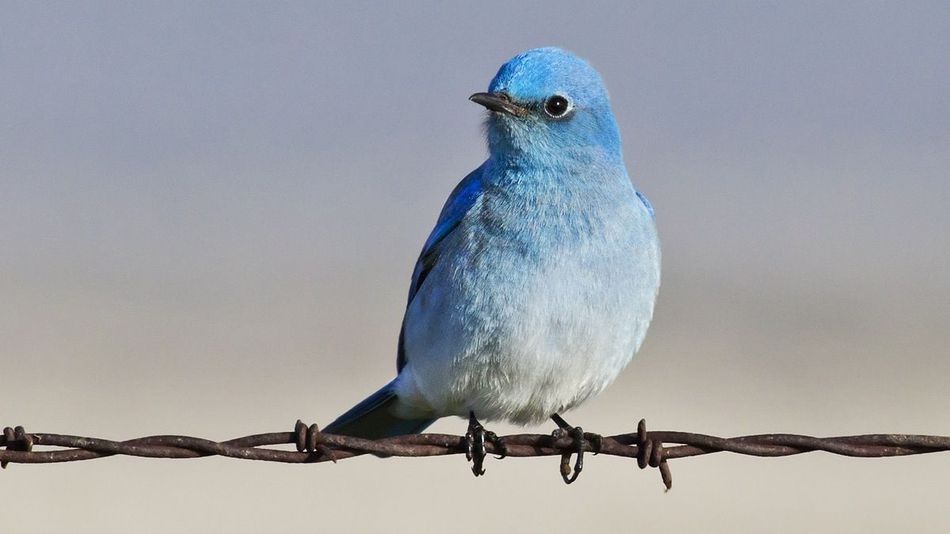
I have to get this out of the way right in the beginning – I really dislike LinkedIn. I thought I disliked Facebook, but holy cow, it’s nothing compared to LinkedIn. A bunch of people who fancy themselves experts on all sorts of things when it’s painfully obvious they aren’t (UX Designers, I’m looking at you). There was a post just today ridiculing the use of Comic Sans, which is a nonsense issue that only the font nazis and snobby, holier-than-thou design pedants get worked up over. The picture itself is a textbook case of passive-aggressive.
 It’s a sign about keeping a freakin’ door closed. Honestly, I would have been tempted to print a new sign, deliberately in Comic Sans, that said ‘Screw You.’ Seriously, reading through LinkedIn is one of the most painful experiences I have had, and I’ve had a kidney stone.
It’s a sign about keeping a freakin’ door closed. Honestly, I would have been tempted to print a new sign, deliberately in Comic Sans, that said ‘Screw You.’ Seriously, reading through LinkedIn is one of the most painful experiences I have had, and I’ve had a kidney stone.
That being said, it has been useful as a networking tool and communication platform. I can’t deny its help in making professional contacts, its role in my most recent hire, and its validity as a way to maintain a professional presence on line – I don’t ever friend, or accept requests from, coworkers on Facebook for obvious reasons.
I don’t go on LinkedIn that much for all the aforementioned issues, and so many more, however after responding to a message I received there I decided I would add this website’s URL and Twitter account to my profile since I was already on the site. The URL was easy enough to add, but Twitter, well that was a different story.
In order to add it, I had to agree to the following screen:
Let’s think about this for a minute. It wants to read Tweets, which I’m not sure should be capitalized, from my timeline. I assume it means my Twitter timeline, for posting on my LinkedIn timeline. I think it does. I’m honestly not sure.
Then comes this doozy – see who you follow, and follow new people. Now just hold on a minute – is it saying it will automatically follow new people? I can’t believe it would do that, but there it is. What if I don’t want to follow those new people? Will it guess? I have so many questions.
Next, it says it will update my profile? On its own? How? Why? With what? I shudder to think.
And then, at last, the final nail in the Twitter / LinkedIn coffin, ‘Post tweets for you.’ I assume this means it will post your LinkedIn posts to Twitter, but it doesn’t say that. I don’t deal in innuendo, or suggestion, or reading between the lines, I (normally) take what is written or said at face value. If I have to deduce or infer meaning then I will err on the side of caution, in this case clicking ‘Cancel.’
It’s very possible these are all innocent, standard Twitter behaviors. Posts on this blog are posted to my Twitter automatically, and again, I expect that’s what’s happening here. But Twitter needs to really clarify what they’re saying; it was bad enough being on LinkedIn, I didn’t need this as well.
10,000 words

I have been hearing the rumors that Twitter wants to increase the number of characters one can tweet from 140 to 10,000. It would only show the first 140, allowing a reader to expand the entire tweet.
In case you’re interested, 10,000 words is about 40 pages, so 10,000 characters would be perhaps 10 pages. That depends on a lot, though, including the types of words, lengths, narrative structure (2 people talking in brief responses, for example).
Regardless, I always appreciated the 140 character limit, because it forced people to be concise, terse, to get right to the point. People already use too many words to say very little. I fear it will get much worse if the rumors are true. Plus, the character limit led to some hilariously unfortunate tweets.
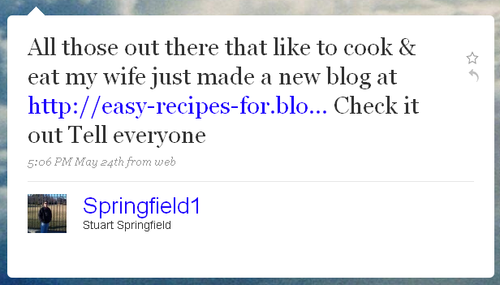
On the other hand, perhaps it will deal a blow to text speak, which was born out of the need for brevity in length-restricted communications. That would be nice.
I myself just started using Twitter a little while ago, and I find the process of constructing cogent, brief tweets that still get a point across to be challenging, and I always feel a sense of accomplishment when I do.
I wonder if they would have to change the name of the communication. 10,000 charcters is hardly a tweet. More like a squawk, a word I didn’t know how to spell until right now. Or perhaps a caw. Maybe a murder?
This should be fun.
New Twitter account is live!
Since class on Friday, I have received several messages from students saying they couldn’t log in to this site, that it would say their account or username wasn’t recognized, or in some cases they weren’t able to click in the username or password boxes at all.
As I was troubleshooting this, and wondering why I could log in and everyone else was having difficulty, and re-writing the ‘How to sign up‘ page, I had a revelation: Logging in on the website is completely unnecessary.
Well, not completely unnecessary. You *do* have to log in over at WordPress.com, but if you do that you’re already logged in to every WordPress site out there including this one. There is no reason to have to log in again, so the whole sign-in thing on the webpage was completely redundant, and I suspect that’s what was causing the big issues.
So I got rid of the Login widget all together and replaced it with something I can’t say I have too much experience with: A Twitter feed.
I have been toying with the idea of setting up a class Twitter account for at least a year, but I haven’t been convinced of its practicality. When asking students how many of them have an active Twitter account, the response is usually anywhere from zero to 2. Not very compelling; I guess you have to be a celebrity, politician, or company to have one. Plus, I’m not terribly big on social media – I deactivated my Facebook account all the way back in March and can’t say I’ve missed it.
But the issues with the login widget created the perfect opportunity, and I figured that I could use the feed to not only post interesting tech-related links or photos or what have you, but also alerts; so if for example I was going to be late (which has NEVER happened, so let’s not get our hopes up), or a last-minute change was being made, or I needed/wanted to get a message or post or photo or interesting link to the class while I’m out in the field and without access to Canvas, this would be a way to do that. You can also send a tweet to me right from the feed, so if there’s something class-related you want to bring to my attention or something you might want to see on the blog, you can let me know that way.
Not only that, but whenever I make a new post it will be automatically posted to the Twitter feed. Therefore, if you have a Twitter account and follow the site through them, you’ll always know when there’s a new post. You can tell a tweet indicates a new post when the link in the tweet itself begins with ‘wp.me.’
I did run in to one major issue right off the bat – the username “IS301” was already taken. I couldn’t believe that when I saw it, and to make matters worse it’s taken by someone who doesn’t deserve it, doesn’t use it and in fact has never made a single post. I can see why he chose it; his name is Irwin Silver and he lives in my home state of Maryland, the western half of which has the 301 area code, but that kind of name-squatting is irksome. Anyway, I couldn’t use it so if you want to follow the class Twitter account, it is @IS301atNSC.
So now the widget is there, and I put up a few posts just to test it. If you hover your mouse over the feed and use your scroll-wheel, you can scroll the feed up and down to see earlier posts. let me know what you think about the idea, or if you even have a Twitter account and actually use it, and we’ll see how it goes.
(On a side note, the binary in the Twitter profile picture says “IS301”)
Random-stuff-I-Found-Friday!
As I said in my previous post, I love the history of technology as much as as, and in some cases even more, than the present; I consider myself quite the historian when it comes to tech. It’s why I still have a working Atari 2600, Commodore 64, and Apple IIe in my house. So what could be better than combining a vintage aesthetic with modern technology?
Some of you might have seen these before, they’ve been around for about a year, but I just rediscovered them this week. They are vintage advertisements for modern technologies (services, really, but that’s an issue of semantics). You can see Skype, Twitter, Youtube, and Facebook in all their retro glory. Some of the faux technologies in these posters actually did have real-life dopplegangers such as the video phone from 1964. These are great posters, and do an outstanding job of contrasting what was with what is. You can see the posters below.


